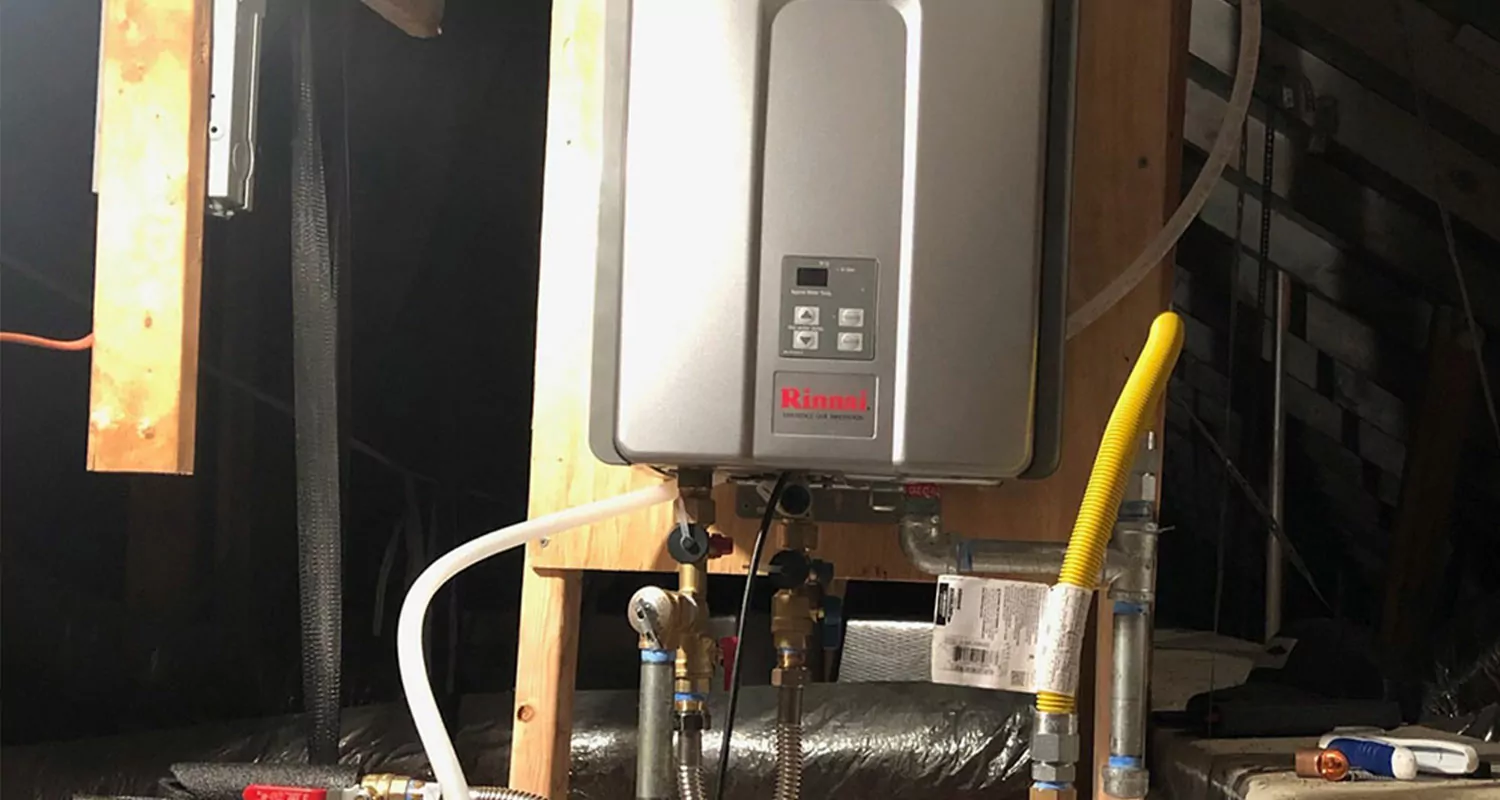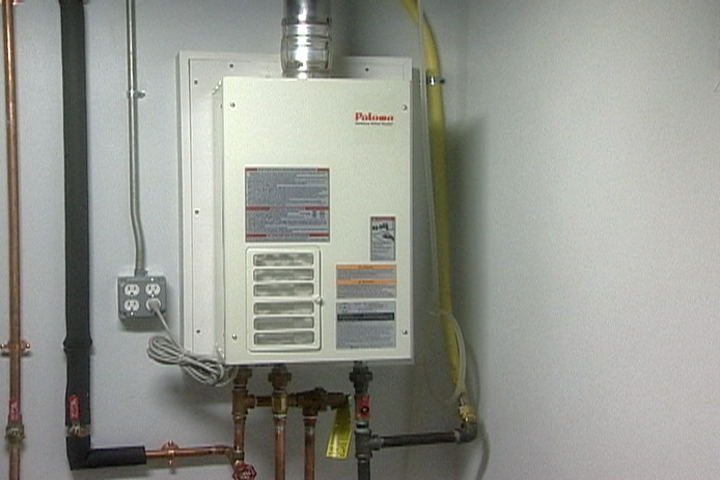Tips on How to Maintain Your Home's Hot Water System Functioning WellWays to Successfully Care for Your Home's Hot Water System
Tips on How to Maintain Your Home's Hot Water System Functioning WellWays to Successfully Care for Your Home's Hot Water System
Blog Article
How do you really feel on the subject of Tips For Maintaining Your Hot Water Heater?

Hot water is essential for daily comfort, whether it's for a refreshing shower or washing dishes. To ensure your warm water system runs successfully and lasts much longer, normal maintenance is essential. This article provides sensible pointers and understandings on just how to preserve your home's hot water system to stay clear of interruptions and costly repairs.
Intro
Keeping your home's warm water system may seem challenging, yet with a few straightforward steps, you can ensure it operates efficiently for many years ahead. This guide covers everything from comprehending your warm water system to do it yourself maintenance suggestions and knowing when to contact specialist aid.
Importance of Preserving Your Hot Water System
Regular maintenance not just expands the life-span of your warm water system however likewise ensures it operates efficiently. Neglecting upkeep can cause reduced effectiveness, higher energy bills, and even early failing of the system.
Indicators Your Warm Water System Requirements Maintenance
Knowing when your hot water system requires focus can prevent major concerns. Keep an eye out for indications such as inconsistent water temperature, strange sounds from the heating system, or rustic water.
Comprehending Your Hot Water System
Before diving into maintenance tasks, it's valuable to understand the basic components of your hot water system. Generally, this consists of the hot water heater itself, pipelines, anode poles, and temperature level controls.
Regular Monthly Maintenance Tasks
Routine regular monthly checks can aid capture small problems before they escalate.
Flushing the Water Heater
Purging your hot water heater gets rid of debris accumulation, improving efficiency and lengthening its life.
Monitoring and Replacing Anode Rods
Anode rods prevent deterioration inside the container. Checking and replacing them when worn out is crucial.
Evaluating and Changing Temperature Setups
Changing the temperature settings makes certain optimum performance and safety.
Do It Yourself Tips for Upkeep
You can carry out several maintenance tasks yourself to keep your hot water system in top condition.
Checking for Leaks
Regularly evaluate pipes and connections for leaks, as these can result in water damage and higher bills.
Testing Stress Alleviation Valves
Checking the stress safety valve ensures it works properly and avoids excessive pressure buildup.
Shielding Pipelines
Protecting warm water pipes decreases heat loss and can conserve power.
When to Call a Specialist
While do it yourself maintenance is advantageous, some concerns require professional competence.
Facility Concerns Requiring Professional Assistance
Instances include significant leaks, electric problems, or if your hot water heater is regularly underperforming.
Routine Specialist Maintenance Conveniences
Expert upkeep can include detailed evaluations, tune-ups, and making certain compliance with safety and security standards.
Verdict
Regular upkeep of your home's warm water system is vital for performance, longevity, and expense savings. By complying with these pointers and knowing when to seek expert aid, you can make certain a dependable supply of hot water without unforeseen disturbances.
How to Maintain an Instant Hot Water Heater
Before tinkering with your hot water heater, make sure that it’s not powered on. You also have to turn off the main circuit breaker and shut off the main gas line to prevent accidents. Also turn off the water valves connected to your unit to prevent water from flowing into and out of the appliance. 2. When you’re done, you have to detach the purge valves’ caps. These look like the letter “T” and are situated on either side of the water valves. Doing so will release any pressure that has accumulated inside the valves while at the same time avoid hot water from shooting out and burning your skin. 3. When the purge valves’ caps are removed, you have to connect your hosing lines to the valves. Your unit should have come with three hoses but if it didn’t, you can purchase these things from any hardware or home repair shops. You can also get them from retail stores that sell water heating systems. Read the user’s manual and follow it to complete this task properly. When the hosing lines are connected, open the purge port’s valves. 4. You should never use harsh chemical cleaners or solutions when cleaning your unit. Make use of white vinegar instead. It should be undiluted and you’ll probably use about 2 gallons. 5. Now flush your water heater. This task should probably take about 40 minutes. We can’t give you specific directions for this because the procedure is carried out depending on the type, model and brand of your heater. With that being said, refer to the user’s manual. 6. When you’re done draining the unit, you have to turn off the purge port valves again. Remove the hosing lines that you earlier installed on each of the water valves. Put the valve caps (purge port) back in their respective places and be very careful so as not to damage the rubber discs that are found inside these caps. 7. Now that everything’s back in place, check your user’s manual again to find out how to reactivate your water heating system. 8. Once it is working, turn one of your hot water faucets on just to let air pass through the heater’s water supply pipes. Leave the tap on until water flows smoothly out of it. https://www.orrplumbing.com/blog/2014/september/how-to-maintain-an-instant-hot-water-heater/

We were made aware of that write-up on How to Maintain a Hot Water Heater in a Few Simple Steps through a good friend on another web page. Loved our post? Please share it. Let somebody else locate it. Thank-you for going through it.
Request Appointment Report this page